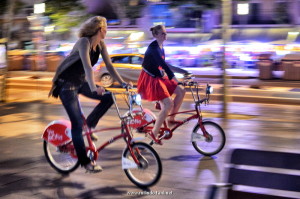
I have long admired American painter Edward Hopper‘s poignant interpretations of twentieth century urban resignation, longing and alienation. So, it was with a bit of a pleasure that I discovered the ‘Hopper Meditations’ photographic art project by a graduate of the University of Michigan school of art, graphic designer and photo-artist Richard Tuschman. Separated by time but not in spirit, Tuschman’s project is not only a tribute to the poetic perceptiveness of Hopper, but also, to my mind, brings interesting material to the co-relations and tensions between traditional painting and contemporary digitally enhanced visual art. Like the perennial debate of the relationship between word and image, the relationship between the painting and the photograph is hinged on the tensions of the ideas of contradiction, irony, mimicry, and ‘what is complementary?’. Tuschman frames after Hopper, and draws the spectator in to a proximity of a hint of palpability of the psychological states of the subject/s. Space, and its’ quietude (true to Hopper) accentuates that psychological state. Take a look.

Edward Hopper ‘Hotel Room’, 1931.
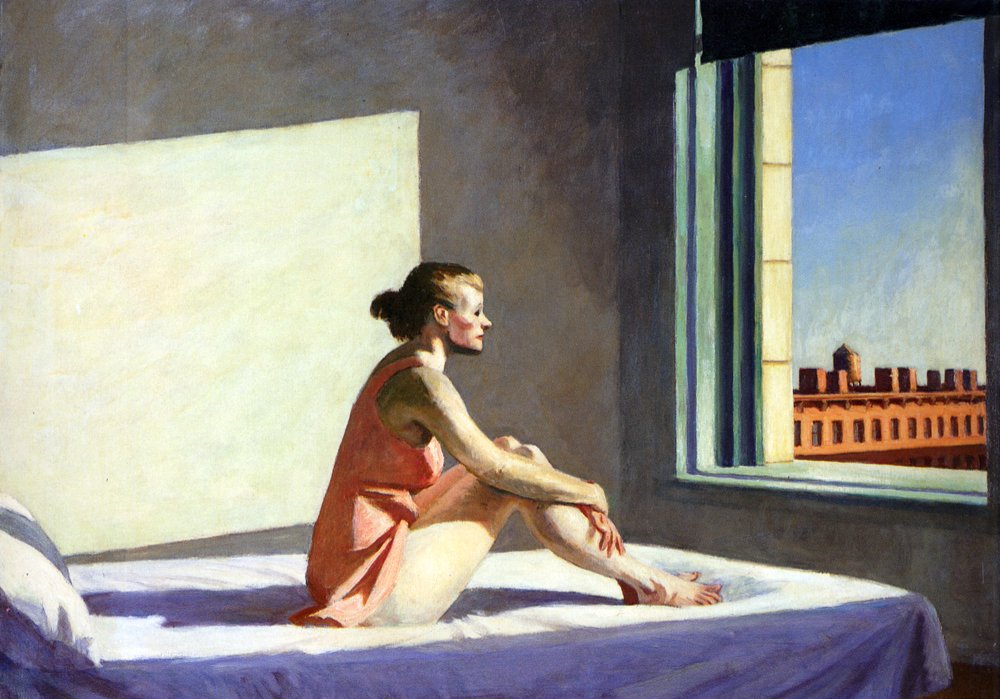
Edward Hopper ‘Morning Sun’, 1952.

Edward Hopper ‘Room in New York’, 1932.
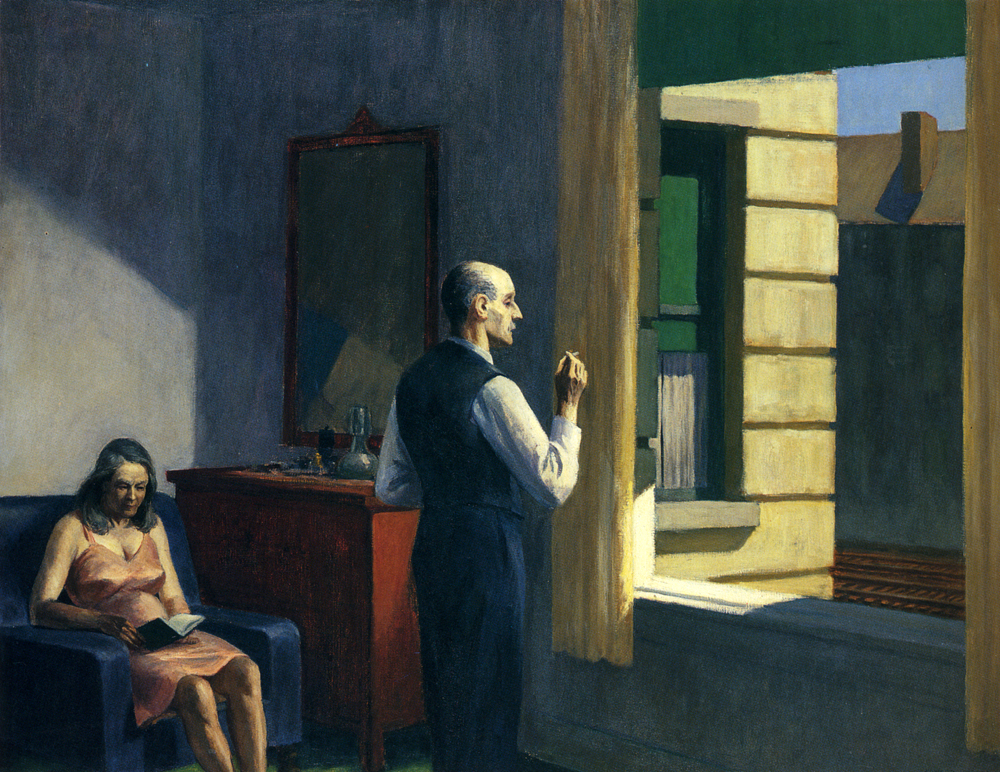
Edward Hopper ‘Hotel By A Railroad’, 1952.

From Richard Tuschman’s ‘Hopper Meditations’. 2013

From Richard Tuschman’s ‘Hopper Meditations’. 2013

From Richard Tuschman’s ‘Hopper Meditations’. 2013

From Richard Tuschman’s ‘Hopper Meditations’. 2013
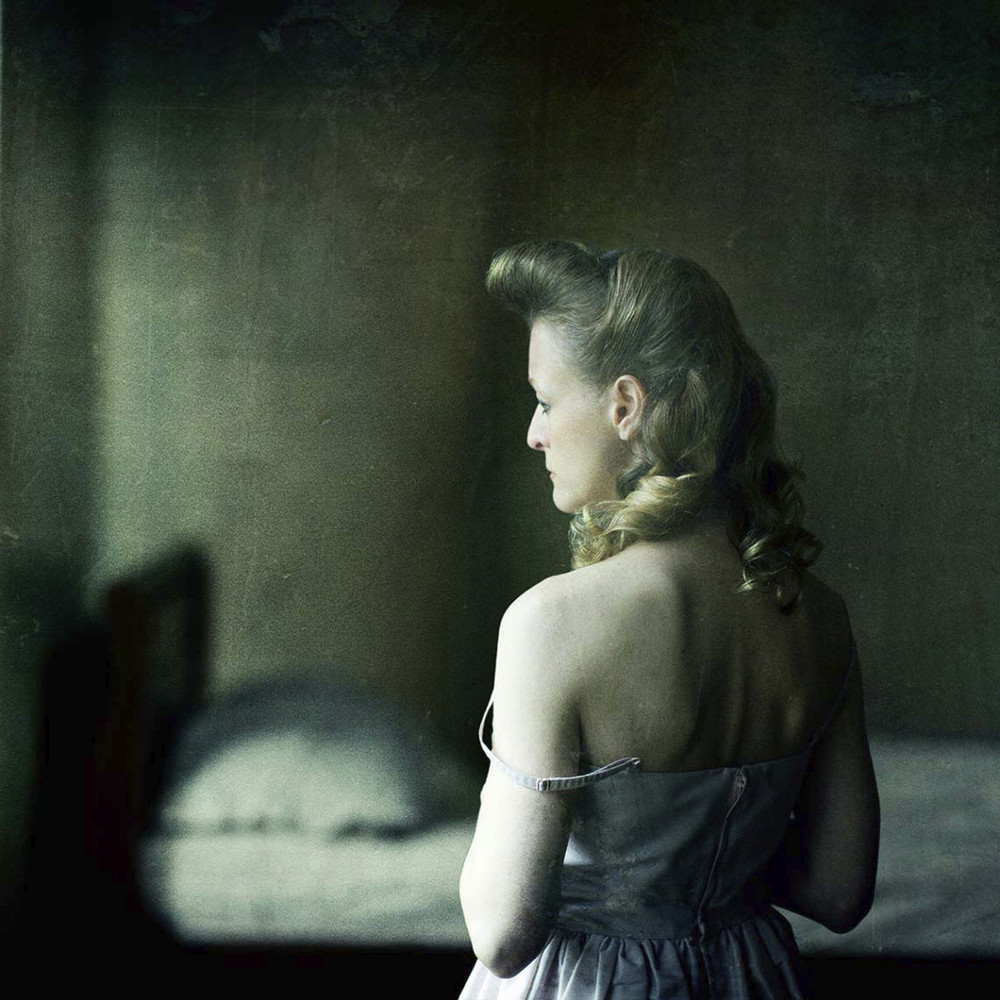
From Richard Tuschman’s ‘Hopper Meditations’. 2013
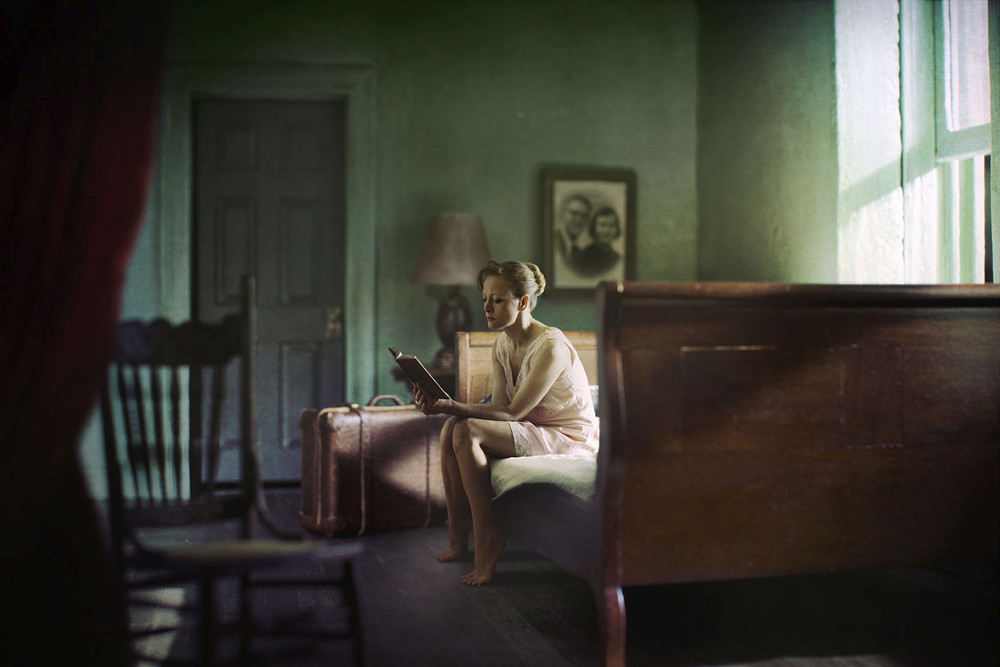
From Richard Tuschman’s ‘Hopper Meditations’. 2013

From Richard Tuschman’s ‘Hopper Meditations’. 2013

From Richard Tuschman’s ‘Hopper Meditations’. 2013

From Richard Tuschman’s ‘Hopper Meditations’. 2013
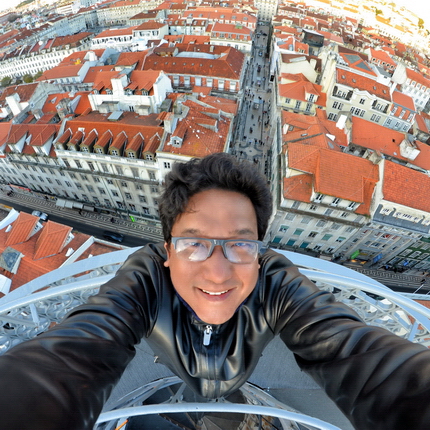
 Its really good to see you Milindo, with such awesome stuff from you as usual.. loved your blog as well!
Its really good to see you Milindo, with such awesome stuff from you as usual.. loved your blog as well! Hi Milindo, hope you are inspiring many more around you…wherever you are!
Hi Milindo, hope you are inspiring many more around you…wherever you are! Photo Gallery
Photo Gallery Photo Gallery
Photo Gallery I was just looking at your website… amazing it is… full of knowledge as always..
I was just looking at your website… amazing it is… full of knowledge as always.. Photo gallery
Photo gallery We need more teachers like you :)
We need more teachers like you :) #NowFollowing @Milindo_Taid One of the most influential n interesting mentor from my design school. Always loaded. :)
#NowFollowing @Milindo_Taid One of the most influential n interesting mentor from my design school. Always loaded. :) Your courses were always the best. By the way, just went through a bit of your website. It’s great! Some good stuff in there that I wouldn’t normally chance upon
Your courses were always the best. By the way, just went through a bit of your website. It’s great! Some good stuff in there that I wouldn’t normally chance upon Photo gallery
Photo gallery Photo gallery
Photo gallery Photo gallery
Photo gallery Photo gallery
Photo gallery i really like your blog – good interesting stuff as always !
i really like your blog – good interesting stuff as always ! Happy teachers day! Out of all, your teachings n your way of being have really made a big positive impact on me.
Happy teachers day! Out of all, your teachings n your way of being have really made a big positive impact on me. You’re a role model sir, such awesomeness !!! :D
You’re a role model sir, such awesomeness !!! :D Your website is full of delightful posts. I’m going to have to watch where my time goes when I’m visiting! :)
Your website is full of delightful posts. I’m going to have to watch where my time goes when I’m visiting! :) veryveryinterestingwebsite.have been visiting! thankyou!
veryveryinterestingwebsite.have been visiting! thankyou! hope you’re changing the world as always :)
hope you’re changing the world as always :) You’ll love this site by the awesome Milindo Taid
You’ll love this site by the awesome Milindo Taid Photo gallery
Photo gallery Photo gallery
Photo gallery Photo gallery
Photo gallery Milindo Taid – ace teacher, rockstar guide to my projects at film school, guitarist and photographer too. Really good human being as well
Milindo Taid – ace teacher, rockstar guide to my projects at film school, guitarist and photographer too. Really good human being as well Photo Gallery
Photo Gallery love ur pics…they are like those moments which u capture in your mind and wished u had a camera right at that moment to capture it…but u actually do capture them :) beautiful…!!!
love ur pics…they are like those moments which u capture in your mind and wished u had a camera right at that moment to capture it…but u actually do capture them :) beautiful…!!! Love your site Milindo. I was excited to see you displaying my husband’s watermelon carvings
Love your site Milindo. I was excited to see you displaying my husband’s watermelon carvings You are the only faculty member I could connect to!
You are the only faculty member I could connect to! Photo gallery
Photo gallery Photo gallery
Photo gallery Photo gallery
Photo gallery Milind never told u but u were my first true inspiration….I almost learnt the guitar watching u play…..thanx for being there
Milind never told u but u were my first true inspiration….I almost learnt the guitar watching u play…..thanx for being there With all the magical places you are checking off your bucket list! I want to know how to be you :)
With all the magical places you are checking off your bucket list! I want to know how to be you :) great blog :)
great blog :) Photo gallery
Photo gallery Photo gallery
Photo gallery Photo gallery
Photo gallery Oldest operating bookstore
Oldest operating bookstore I discover TL of a writer and respected intellectual, with a tolerant, global conscience: @GhoshAmitav – tx @Milindo_Taid
I discover TL of a writer and respected intellectual, with a tolerant, global conscience: @GhoshAmitav – tx @Milindo_Taid Never thought I’d say this, but it was the most interesting classes I’ve sat in.. and of course, the day you played Sultans of Swing for us. Hope you continue to influence the next generations with your dynamic yet simple teachings.
Never thought I’d say this, but it was the most interesting classes I’ve sat in.. and of course, the day you played Sultans of Swing for us. Hope you continue to influence the next generations with your dynamic yet simple teachings. OMG its like a painting!! you have taken photography to another level!!!
OMG its like a painting!! you have taken photography to another level!!! Photo gallery
Photo gallery This is by far amongst the best curated creative content sites out there and the eye and vision of one man, when good, works better than any funded team. Inspired enormously once again :)
This is by far amongst the best curated creative content sites out there and the eye and vision of one man, when good, works better than any funded team. Inspired enormously once again :) Grt milindo. eachtime want to check out something good on net…know where to go now!
Grt milindo. eachtime want to check out something good on net…know where to go now! Absolutely amazing blog – a chest full of treasure.
Absolutely amazing blog – a chest full of treasure. Just detected your blog: impressive. wishing you continued inspiration and health.
Just detected your blog: impressive. wishing you continued inspiration and health. You are awesome :)
You are awesome :) You are inimitable!
You are inimitable! So glad you enjoyed my photos, really honored to be featured on your blog. thank you sir!
So glad you enjoyed my photos, really honored to be featured on your blog. thank you sir! Photo gallery
Photo gallery Photo gallery
Photo gallery Still a fan of your unique and sweet finger strum on acoustic guitar. It made an ordinary guitar sound great. Would just love to see and hear one of those too.
Still a fan of your unique and sweet finger strum on acoustic guitar. It made an ordinary guitar sound great. Would just love to see and hear one of those too. Photo gallery
Photo gallery